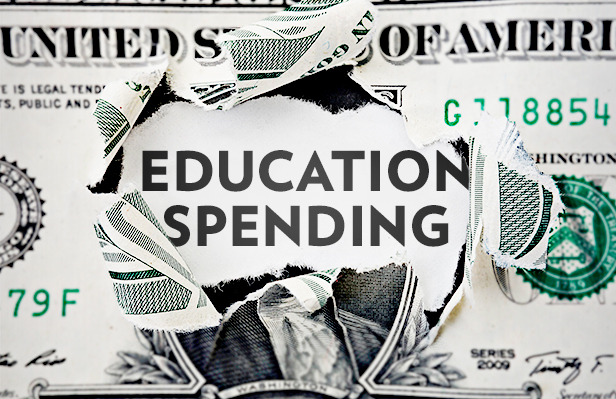Media

Non-Teacher Staffing Surge Fails Students
Students have not benefited from large increases in public school staffing, according to a new study from EdChoice. Dr. Ben Scafidi, director of the Education Economics Center at Kennesaw State University, investigated how the growth of public school employment—particularly non-teaching staff—affected student academic performance and teacher salaries.
“Despite the massive increases in staffing over many decades, there has not been an overall positive relationship between increasing public school staffing beyond the staffing needed to accommodate enrollment growth and student outcomes,” Scafidi said.
The U.S. Department of Education categorizes full-time public school employees as either teachers or “all other staff,” which includes administrators, teacher aides, counselors, social workers, reading and math coaches, janitors, bus drivers, cafeteria workers, and curriculum specialists. Scafidi found that while the rate of employment for all public school faculty increased since 1950, schools hired “all other staff” more frequently than teachers, even during recessions.
Proponents of increased staffing may argue that more non-teaching staff is necessary to increase students’ achievement. Yet, graduation rates and test scores either stagnated or fell slightly in the same time public school employment increased.
From 1992 to 2015, non-teaching staff in Pennsylvania increased at a rate nearly 12 times the growth of student enrollment and nine percentage points more than teacher employment. Revenue spent on increasing staff beyond the rate of student enrollment could have been used to provide every teacher in the state with a permanent $14,000 raise. Instead, districts prioritized increasing non-teaching staff over higher salaries for teachers or empowering parents with school choice opportunities.
Sadly, children and parents have seen little return on this enormous investment in public education.